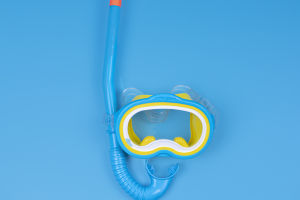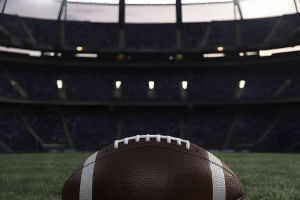A table tennis table is a fundamental piece of equipment for the game, and its material composition significantly affects the quality of play.
While various materials are used in table tennis table manufacturing, most professional and recreational tables are made from a combination of wood or wood-based materials, with additional layers for durability and surface uniformity.
The majority of table tennis tables are constructed using medium-density fiberboard (MDF) or particleboard. These engineered wood materials are preferred because they are affordable, sturdy, and easy to work with.
MDF, in particular, is favored for its smooth and consistent surface, which provides a uniform bounce essential for a good playing experience. It is made by compressing wood fibers with resin under high pressure, creating a dense and durable material. Particle board is another option, though it is less dense than MDF and slightly less durable. It is often used in lower-cost tables intended for casual or recreational play.
To ensure a smooth, high-performance playing surface, the wooden core is coated with a layer of paint or laminate. High-quality tables typically use a specialized matte coating that minimizes glare from lighting, ensuring better visibility of the ball. The coating also adds a level of protection against scratches and wear over time.
The thickness of the tabletop is crucial for play quality. Standard professional tables have a thickness of 18 to 25 millimeters, while recreational tables may have thinner tops, ranging from 12 to 15 millimeters. Thicker surfaces generally provide better ball bounce consistency, which is essential for competitive play.
The undercarriage of a table tennis table is often made from steel or aluminum, providing the necessary support and stability. Steel frames are typically coated with anti-corrosion treatments to ensure long-term durability, especially for outdoor models. The legs and support structure are designed to bear the table's weight while maintaining portability for foldable or wheeled designs.
Instead of MDF or particleboard, these tables often feature tops made from aluminum composite, melamine, or fiberglass. These materials are weather-resistant, preventing warping or damage from moisture and temperature fluctuations. The surface still mimics the bounce characteristics of wood but is more durable and less prone to deterioration.
For competitive use, table tennis tables must meet the standards set by the International Table Tennis Federation (ITTF). These standards require a specific bounce height when a standard ball is dropped from 30 centimeters, ensuring uniform play conditions. Only tables made from high-quality MDF or similar materials are certified for professional tournaments.
A general table tennis table is primarily made of engineered wood, such as MDF or particleboard, with a coated surface for consistent bounce and durability.
Outdoor models incorporate weather-resistant materials like aluminum composite or melamine. The thoughtful selection of materials ensures tables cater to both casual players and competitive athletes, making table tennis a widely accessible and enjoyable sport!


